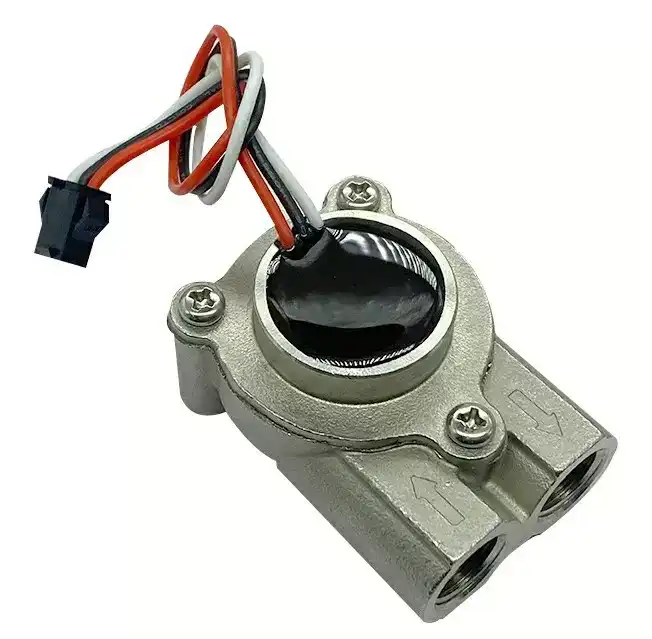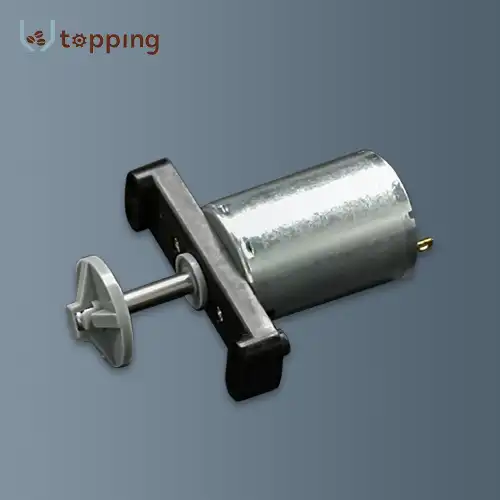Is there a difference between a coffee grinder and an espresso grinder?
2024-06-20 11:27:28
Introduction
When diving into the world of coffee, one might wonder if there's a significant difference between a general coffee grinder and an espresso grinder. Understanding these differences can enhance your coffee experience, ensuring you get the best possible flavor from your beans. This blog will explore the distinctions, functionalities, and appropriate uses of coffee grinders and espresso grinders. We’ll also delve into some common questions related to coffee vending machine grinder.
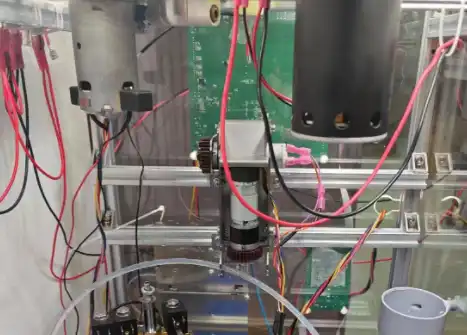
What Makes an Espresso Grinder Different from a Regular Coffee Grinder?
Espresso grinders and regular coffee grinders may appear similar, but they are designed with specific purposes and functionalities in mind. Let’s explore the key differences between these two types of grinders.
Grind Size and Consistency
One of the most critical factors that differentiate an espresso grinder from a regular coffee grinder is the grind size and consistency. Espresso requires a very fine and consistent grind to achieve optimal extraction. The high pressure and short extraction time of espresso machines necessitate a uniform grind to ensure even water flow through the coffee puck. Any inconsistency in grind size can lead to over-extraction or under-extraction, negatively impacting the flavor and quality of the espresso.
Regular coffee grinders, on the other hand, are typically designed to produce a range of grind sizes suitable for various brewing methods such as drip coffee, French press, and pour-over. These brewing methods do not require the same level of precision in grind size as espresso, allowing for more flexibility and tolerance in grind consistency.
Burr Type and Quality
Another significant difference lies in the type and quality of burrs used in the grinders. Espresso grinders often feature high-quality, precision-engineered burrs designed to produce a uniform fine grind. These burrs can be flat or conical, with each type offering distinct advantages. Flat burrs provide a more consistent grind, while conical burrs generate less heat and preserve more flavor.
Regular Coffee Vending Machine Grinder may also use burrs, but the quality and design may not be as refined as those found in espresso grinders. Blade grinders, which use a spinning blade to chop the beans, are commonly found in regular coffee grinders but are unsuitable for espresso due to their inconsistent grind size and heat generation.
Adjustability and Settings
Espresso grinders typically offer a greater range of grind size adjustments, allowing users to fine-tune the grind to achieve the perfect shot. This adjustability is crucial for accommodating different espresso machines and personal taste preferences. Many espresso grinders feature stepless adjustment systems, providing infinite grind settings for maximum precision.
Regular coffee grinders, while adjustable, may not offer the same level of precision and range. They often come with preset grind settings that cater to various brewing methods, making them less suitable for the fine-tuning required for espresso.
Motor Power and Speed
The motor power and speed of the grinder can also differ significantly. Espresso grinders are equipped with powerful motors designed to handle the fine grind required for espresso without overheating the beans. The speed of the grinder is carefully controlled to prevent heat build-up, which can affect the flavor of the coffee.
Regular coffee grinders may not need such powerful motors, as the grind sizes required for other brewing methods are less demanding. However, slower grinding speeds and lower power motors can sometimes result in uneven grinding and longer grinding times.
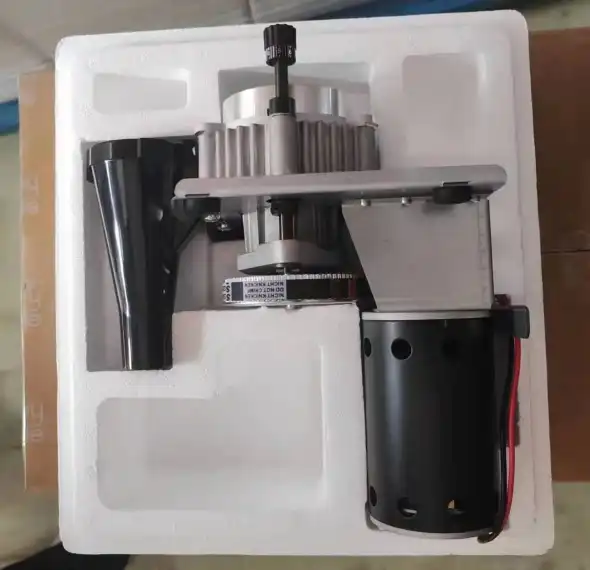
Can a Coffee Grinder Be Used for Espresso?
While it is possible to use a regular coffee grinder for espresso, there are several considerations to keep in mind to ensure you get the best results. Here, we will explore whether a coffee grinder can effectively be used for espresso and the potential challenges you might face.
Grind Consistency
As mentioned earlier, grind consistency is crucial for espresso. If you are using a regular Coffee Vending Machine Grinder, particularly a blade grinder, achieving the necessary consistency for espresso can be challenging. Blade grinders often produce uneven particles, which can lead to inconsistent extraction and a poor-quality shot of espresso.
Adjustability
Regular coffee grinders with limited grind size adjustments may not provide the level of precision needed for espresso. While some high-end coffee grinders offer a decent range of grind settings, they may still fall short of the fine-tuning capabilities of dedicated espresso grinders. This can make it difficult to achieve the optimal grind size for your espresso machine.
Heat Generation
Heat generation during the grinding process can impact the flavor of the coffee. Espresso grinders are designed to minimize heat build-up, preserving the delicate flavors and aromas of the beans. Regular coffee grinders, especially those with higher speed motors, may generate more heat, potentially affecting the quality of the espresso.
Motor Power
The motor power of regular coffee grinders may not be sufficient to handle the demands of grinding fine espresso. Espresso grinders are built with powerful motors to ensure consistent and efficient grinding. Using a less powerful coffee grinder for espresso can result in uneven grinding and longer grinding times, leading to frustration and subpar results.
Potential Solutions
If you already own a regular Coffee Vending Machine Grinder and want to use it for espresso, there are a few potential solutions to improve the grind quality:
1. Upgrade the Burrs: Some regular coffee grinders allow for burr upgrades. Replacing the burrs with higher-quality ones designed for espresso can improve grind consistency.
2. Manual Adjustments: If your grinder has adjustable settings, experiment with the finest settings to achieve a suitable grind size for espresso.
3. Time and Patience: Be prepared to spend more time and effort in achieving the right grind consistency. It may take multiple attempts and adjustments to find the ideal setting.
Why Is a Good Grinder Important for Coffee Vending Machines?
Coffee vending machines are a convenient option for serving coffee in various settings, such as offices, schools, and public places. A good grinder plays a crucial role in ensuring the quality and consistency of the coffee dispensed by these machines. Here, we will explore why investing in a good grinder is essential for coffee vending machines.
Consistent Quality
Coffee vending machines often serve a large number of people, making consistency in coffee quality paramount. A good grinder ensures that each cup of coffee is made with uniformly ground beans, resulting in consistent flavor and strength. Inconsistent grind sizes can lead to variations in extraction, causing some cups to be over-extracted and others to be under-extracted. This inconsistency can lead to dissatisfaction among users.
Efficiency and Speed
Vending machines are designed to provide coffee quickly and efficiently. A good grinder with a powerful motor and high-speed capabilities ensures that coffee beans are ground swiftly, reducing the waiting time for users. Efficient grinding also minimizes the risk of overheating the beans, preserving their flavor and aroma.
Durability and Maintenance
High-quality grinders are built to withstand the demands of constant use, making them ideal for coffee vending machines. Investing in a durable grinder reduces the need for frequent maintenance and replacement, saving time and money in the long run. Additionally, reliable grinders are less likely to experience breakdowns, ensuring that the vending machine operates smoothly and consistently.
Adaptability to Different Preferences
A good grinder allows for easy adjustment of grind size, catering to different coffee preferences. Whether users prefer a strong espresso or a milder drip coffee, a versatile grinder ensures that the vending machine can accommodate various brewing methods and taste preferences. This adaptability enhances the overall user experience and satisfaction.
Preserving Coffee Freshness
Freshly ground coffee is essential for a great-tasting cup. A good grinder preserves the freshness of the coffee beans by minimizing heat generation and grinding the beans just before brewing. This practice ensures that users receive coffee with optimal flavor and aroma, enhancing their overall experience with the vending machine.
Cost-Effectiveness
While high-quality grinders may have a higher initial cost, they offer long-term cost-effectiveness. Durable grinders reduce the need for frequent replacements and repairs, resulting in lower maintenance costs. Additionally, consistent grind quality leads to efficient coffee usage, reducing waste and maximizing the value of each coffee bean.
Conclusion
In conclusion, there are significant differences between coffee grinders and espresso grinders, each designed to meet specific needs and preferences. Espresso grinders offer greater precision, consistency, and adjustability, making them essential for achieving the perfect shot of espresso. While regular Coffee Vending Machine Grinder can be used for espresso, they may not provide the same level of quality and consistency.
Investing in a good grinder, whether for an espresso machine or a coffee vending machine, is crucial for ensuring the best possible flavor and quality. A high-quality grinder enhances the coffee experience by providing consistent grind sizes, preserving freshness, and offering adaptability to different brewing methods and preferences.
By understanding the distinctions between coffee grinders and espresso grinders, you can make informed decisions that enhance your coffee journey and ensure that every cup you brew is as delicious and satisfying as possible.
References
1. Breville. (2023). Breville Barista Express. Retrieved from https://www.breville.com/
2. De'Longhi. (2023). De'Longhi Magnifica. Retrieved from https://www.delonghi.com/
3. Gaggia. (2023). Gaggia Brera. Retrieved from https://www.gaggia.com/
4. Jura. (2023). Jura E8. Retrieved from https://www.jura.com/
5. Philips. (2023). Philips 3200 Series. Retrieved from https://www.philips.com/
6. CoffeeGeek. (2023). Espresso Machine Reviews. Retrieved from https://www.coffeegeek.com/
7. Whole Latte Love. (2023). Best Espresso Machines with Grinders. Retrieved from https://www.wholelattelove.com/
8. Seattle Coffee Gear. (2023). Top Espresso Machines with Grinders. Retrieved from https://www.seattlecoffeegear.com/
9. Home Grounds. (2023). Best Espresso Machines with Built-In Grinders. Retrieved from https://www.homegrounds.co/
10. Sprudge. (2023). Espresso Machine Buying Guide. Retrieved from https://www.sprudge.com/
Send Inquiry
Related Industry Knowledge
- Volumetric Counter For Coffee Machine
- How Often Should You Replace Coffee Vending Machine Spare Parts?
- What is a coffee brewing Unit?
- How to evaluate the performance and stability of the Control Board For Vending Machine?
- How does a Coffee Machine Pump work?
- Coffee Vending Machine Mixing Systems Components
- What does a Coffee Vending Machine Ingredient Canisters do?
- What measures does Vending Machine Camera take in terms of data security?
- How Do Coffee Vending Machine Mixing Systems Ensure Consistent Flavor?
- What is a Valve Coffee Machine?

.webp)
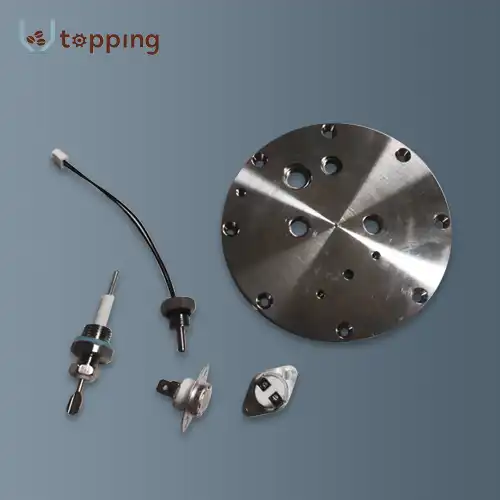
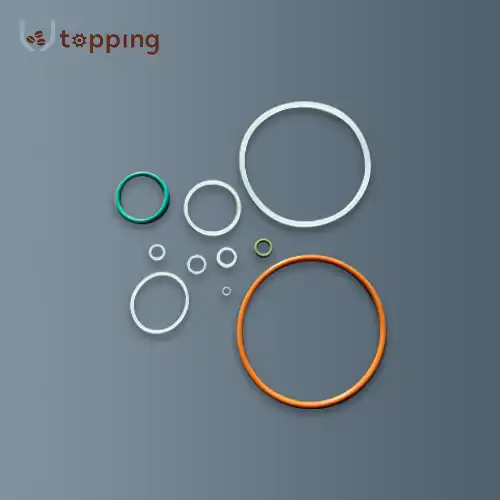
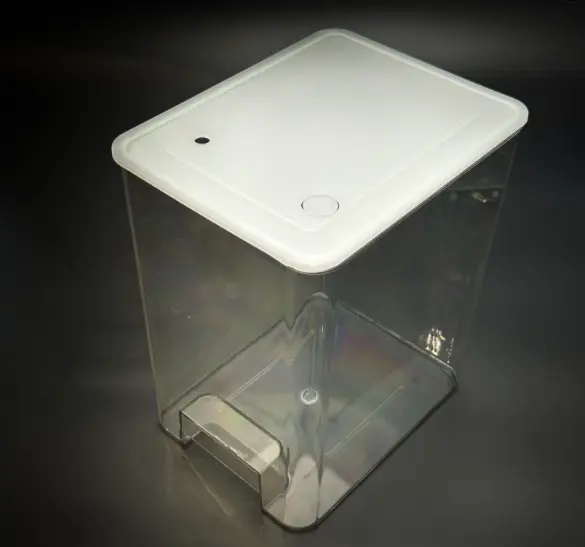
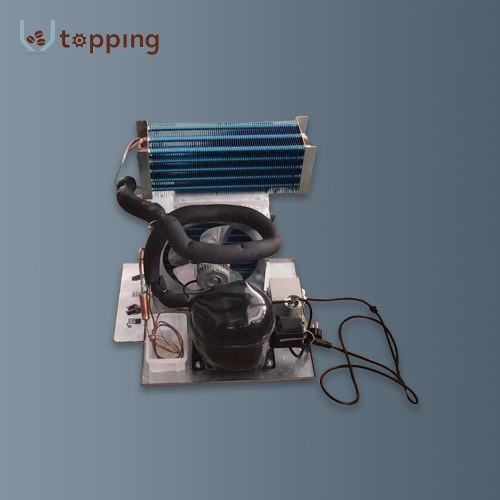
.webp)
